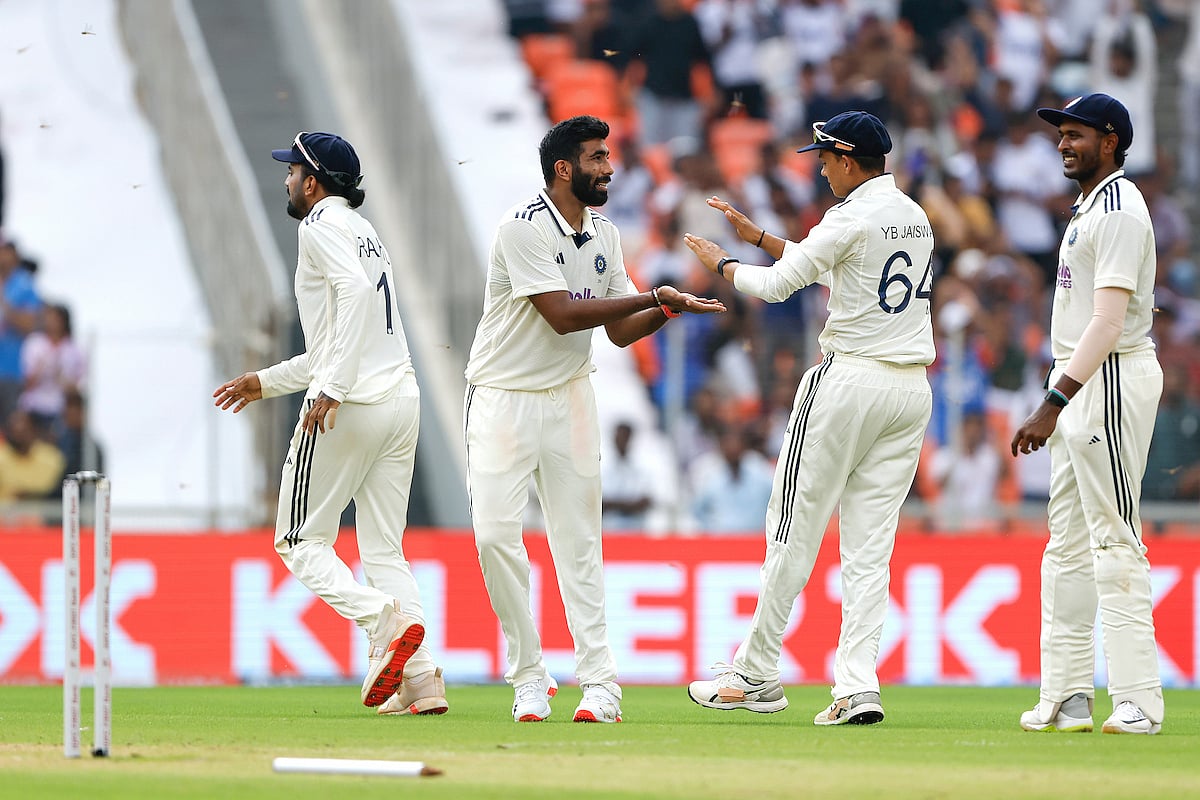The first-ever major task of the Modi 2.0 Government after it assumed office is finally complete with the presentation of the Budget for the remaining period of 2018-19 in the Lok Sabha.
There was a fair amount of curiosity about the content of this exercise for several reasons — the first being that this budget was supposed to declare the direction of the new Government for the next five years; and second, this was the first most important fiscal exercise by the new Finance Minister Nirmala Sitharaman, the first ever woman occupying this position. There were high expectations from her.
She, being an able BJP spokesperson during its difficult time, had exhibited her qualities of being an articulate debater for many years. However, her first presentation did not show the same zeal and skills.
The first hour of her speech had a significant omission. There were barely any numbers in it. Instead, it was a lengthy medley of policy priorities, praise of the government’s record, and quotes from Mahatma Gandhi and various spiritual leaders.
But she didn’t bother to tell the Parliament and the nation — including investors — how much she intended to spend, and on what. Even more oddly, the single most watched number of any budget presentation — the Finance Ministry’s target for the fiscal deficit as a proportion of gross domestic product — was tacked in almost as an afterthought, after the budget speech had formally concluded.
A sign of confidence?
Is this a sign of great confidence, or of the lack thereof? One needs to examine. Perhaps Prime Minister Narendra Modi’s government, fresh off a resounding re-election victory, feels it owes less than ever to the kind of person who cares about budgetary allocations or deficit projections.
Or perhaps, in keeping with its attitude to data and statistics more generally, it doesn’t want to make it easy for people to evaluate how well it’s actually doing its job.
The annual budget exercise in India is far more consequential than its equivalents elsewhere. It’s true, however, that this is because it is more than a mere statement of accounts.
The Indian government’s ability to influence the broader economy, for good or bad, is so vast that the budget speech sets the tenor for market sentiment; it also serves as a general statement of what the government’s priorities are, and how it intends to go about them.
From that point of view, I understand Sitharaman’s decision — why not just drop all that pesky accounting and those boring numbers altogether and focus on the good stuff? Marketing is the government’s forte, after all.
But even if judged purely on its ability to message the Modi government’s intent, I am not sure it succeeded. Many hoped that now that he was re-elected, Modi would finally unleash “big-bang” structural reform.
There were many welcome policy initiatives announced through the speech — but it failed to provide a coherent message of how the government views the Indian economy’s current slowdown — and its way out of it.
This is a pity, particularly because the government’s own Economic Survey — released as is a tradition on the day before the budget speech — did indeed provide a coherent roadmap.
The survey argued that the government had to focus on re-energising private investment above all, and that a pre-requisite for that were administrative reform and an “aggressive exports strategy”.
But this sensible advice was ignored in the budget which, instead, furthered India’s recent turn to protectionism and autarky by raising tariffs on a range of goods, including some intermediate goods.
This was one of the few budget speeches to not begin with a long list of promises and disbursals to farmers. Of course, farmers were in there but they were third on the list, behind the transport and financial sector.
That’s an interesting choice — the interim budget was entirely about farmers and the poor, and this one front-loaded measures to shore up troubled finance and invest in infrastructure. It’s possible the fact that there’s been an election in between those two speeches has something to do with the change.
That section on financial sector measures was interesting. It showed a level of competence and domain expertise that few generally associate with the Modi government in this realm.
Perhaps, as the Finance Minister insisted, the broad consultative process for the budget actually worked well this time. Or perhaps there is someone in the Finance Minister’s team — the new Chief Economic Advisor— who has brought a much needed level of technical expertise into the budget-drafting room.
Slow-motion financial crisis
Either way, it is so different from the five years that have gone before that it is worth remarking upon. Or perhaps it is just that now the election is over, we can finally focus on India’s slow-motion financial crisis — “suit-boot” messaging is no longer relevant.
However, Finance Minister made a point to win the required brownie points for herself. She did mention about bringing in PPP structure for construction of metro projects in a dozen of cities and also spoke of reformation in the education structure.
She also spoke about issues concerning rural women and men. She vowed to get every house in the nation electrified soon and getting cooking gas connection. Her assurance to connect rural India with the urban parts also brings in a ray of hope.
Her final statement to convert Indian economy into five lakh Crore Dollar came as a huge surprise. Now, we are in the range of 2.5 lakh crore dollar zone. It means she intends to double the size of Indian economy. Is it possible? We will have to wait for five years!
The writer is a political analyst and former Member of Parliament (RS).





